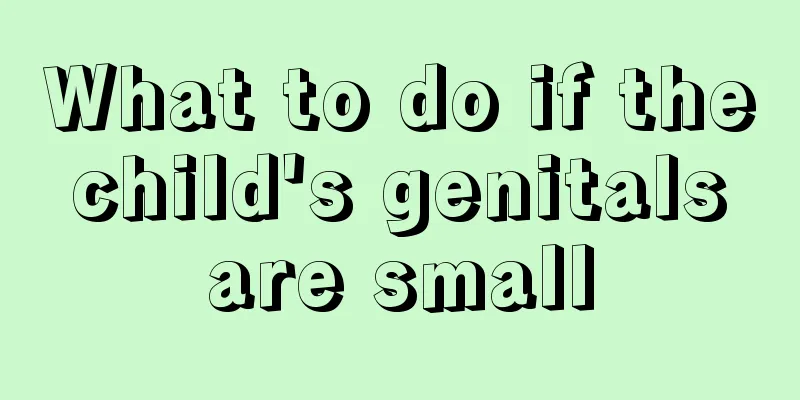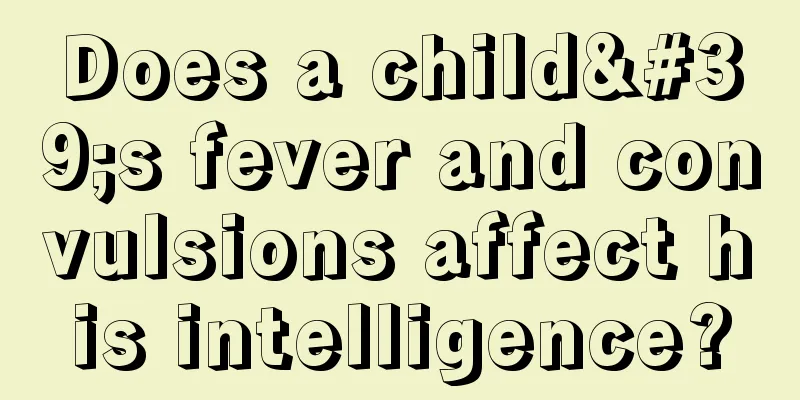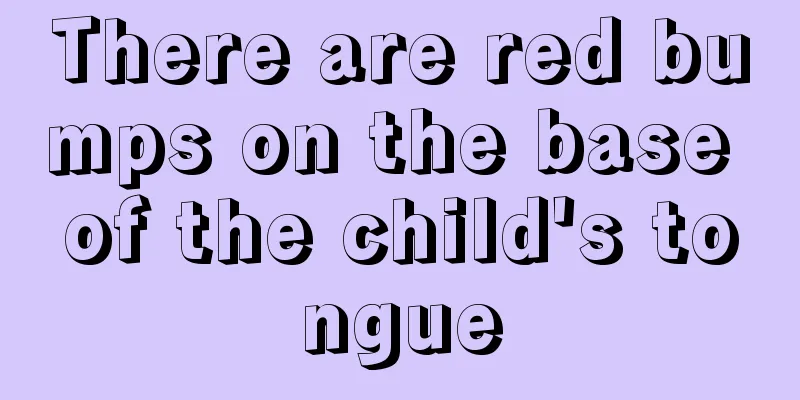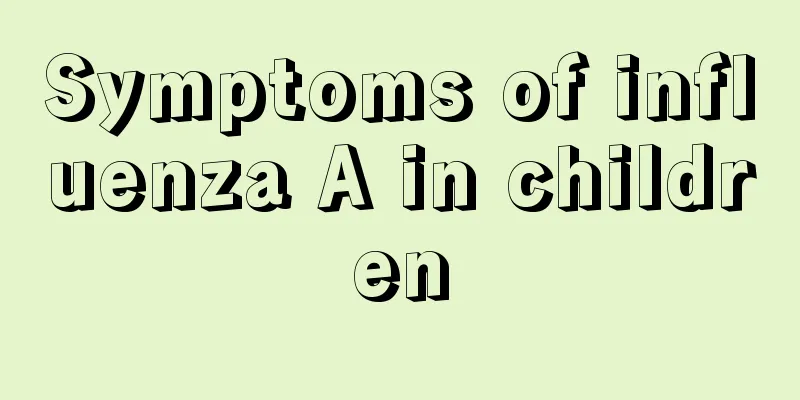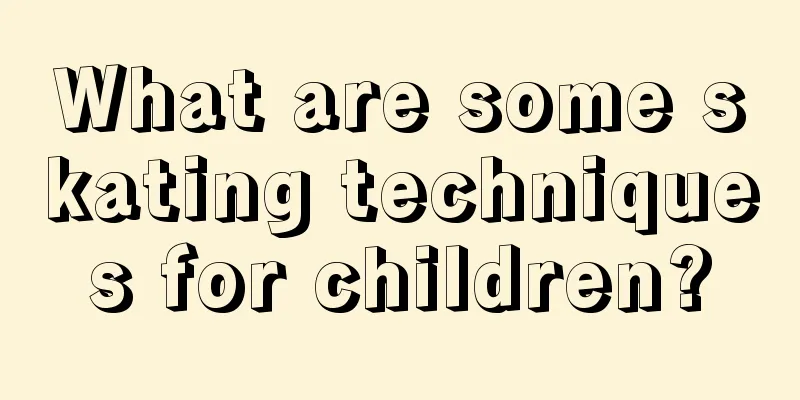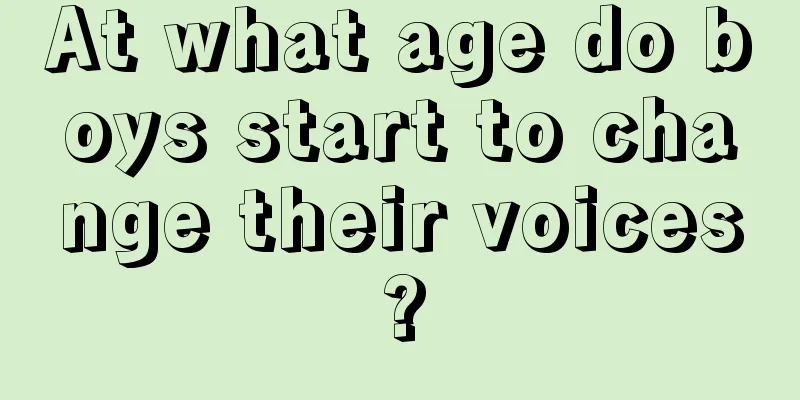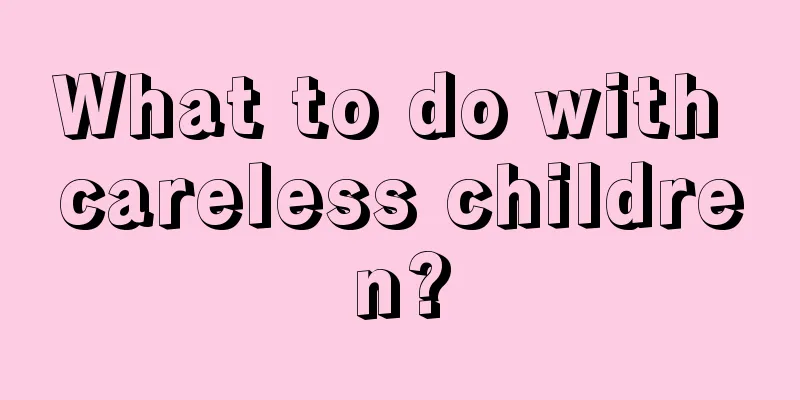Childhood paralysis
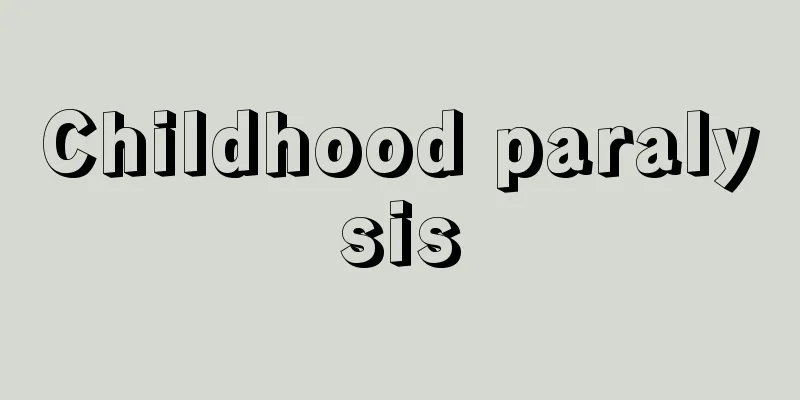
|
Paralysis is simply the loss of feeling or movement in a part of the body. Once paralysis occurs, it will affect the patient's daily life. For children, paralysis will affect their future, so active treatment is necessary. The occurrence of paralysis in children is mainly due to poliomyelitis, a disease that can easily cause acute infectious diseases and thus paralysis. Poliomyelitis is an acute infectious disease caused by the polio virus that seriously endangers children's health. The polio virus is a neurotropic virus that mainly invades the motor neurons of the central nervous system, mainly damaging the motor neurons in the anterior horns of the spinal cord. Most patients are children aged 1 to 6 years old. The main symptoms are fever, general discomfort, limb pain in severe cases, and irregularly distributed and varying degrees of flaccid paralysis, commonly known as polio. The clinical manifestations of poliomyelitis vary widely, ranging from very mild nonspecific lesions to aseptic meningitis (nonparalytic poliomyelitis) and flaccid weakness of various muscle groups (paralytic poliomyelitis). In poliomyelitis patients, the motor neurons in the anterior horn of the spinal cord are damaged, and the related muscles lose the regulation of the nerves and atrophy. At the same time, the subcutaneous fat, tendons and bones also atrophy, making the entire body thinner. There is currently no drug that can control the occurrence and development of paralysis, and treatment is mainly symptomatic and supportive. The principles of treatment are to alleviate fear, reduce bone deformities, prevent and manage complications, and provide rehabilitation treatment. 1. Bed rest The patient should stay in bed until the fever subsides for 1 week, be isolated for 40 days, and avoid physical activity for at least 2 weeks thereafter. When lying in bed, use a footrest to keep your feet and calves at a correct angle to facilitate functional recovery. 2. Symptomatic treatment Antipyretics, analgesics and sedatives can be used to relieve systemic muscle spasms, discomfort and pain; apply hot compresses every 2 to 4 hours for 15 to 30 minutes each time; hot water baths are also effective, especially for young children, and have a synergistic effect when used in combination with analgesics; if conditions permit, intravenous infusion of immunoglobulin 400 mg/(kg·day) can be used for 2 to 3 consecutive days to alleviate the condition. Interferon can be used in the early stage, 1 million U/d, intramuscular injection, 14 days as a course of treatment; slight passive exercise can avoid deformity. 3. Paralysis (1) Correct posture: When the patient lies in bed, the knees are slightly bent, the hips and spine can be straightened with a board or sandbag, and the ankle joint is at 90 degrees. Perform active and passive exercises as soon as the pain disappears to avoid bone deformities. (2) Proper nutrition: A nutritious diet and plenty of water should be provided. If sweating is caused by high ambient temperature or hot compresses, sodium salt should be supplemented. In case of anorexia, a gastric tube can be used to ensure food and water intake. (3) Drug treatment: Drugs that promote nerve conduction function, such as dibazole, galantamine, vitamin B12, etc.; those with secondary infection can use appropriate antibiotics for treatment. |
<<: 4-year-old baby has fever and headache
>>: What causes pain behind children’s neck?
Recommend
What should I do if my baby has a fever caused by throat inflammation?
The physical health of children is very important...
What to do if a child dislocates his arm
Dislocation is mostly caused by some small detail...
What happened to the gas egg?
A common disease problem in boys is what we often...
How to massage baby's tear glands
The lacrimal gland is an organ that secretes tear...
Nausea in the morning
Many people now report that they feel nauseous an...
Normal range and prevention of high myocardial enzymes in children
Children have weaker resistance and are more like...
What are the remedies and prevention methods for fetal growth restriction?
Fetal growth restriction refers to the insufficie...
What causes memory loss in children?
Children with poor memory often find learning par...
Why is the child's buttocks red?
A child's red buttocks may be a symptom of di...
Early symptoms of brain tumors in adolescents
In our lives, many teenagers overuse their brains...
What should I do if my baby has a sore throat and repeated high fever?
There are many parents around us who spoil their ...
What do freckles look like on children?
Most of us have the impression that children'...
Methods for relieving cough and reducing phlegm in children
Children are the focus of every family's care...
What is the disease of scrotal effusion in children?
The occurrence of scrotal effusion in children is...
Symptoms of children sweating at night
It is common for babies to sweat during sleep, an...
